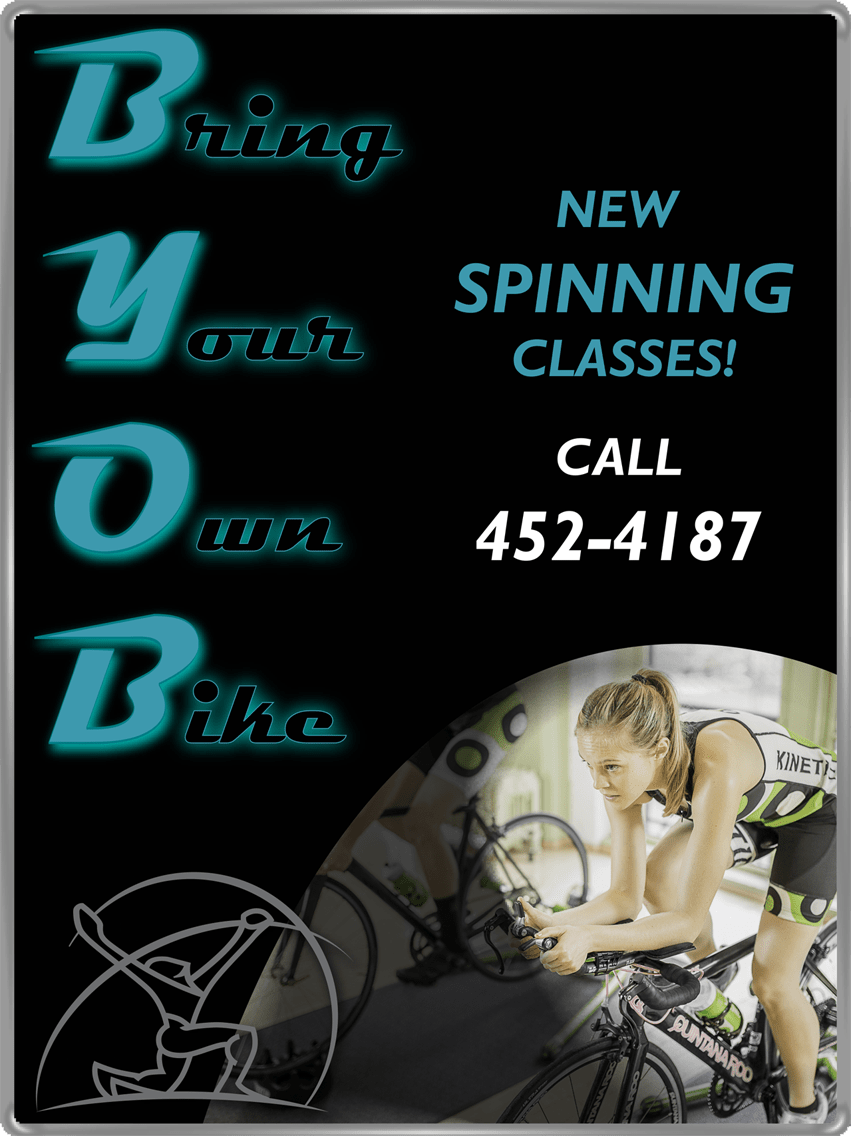FROM THE PROMOPT BLOG

Notes in Cascading Harmony
When was the last time you heard a perfectly strummed guitar? Do you recall how the notes rung in beautiful harmony, vibrating at complementary pitches? Isn’t it fascinating that noises at separate but steady intervals unite together to create a complicated, textured, and gorgeous sound?
Compare the chord to a single-note melody on the same guitar. The same strings, crafted wood, fingers, and pick produce a remarkably different sound. Of course, there’s no doubting the note proceeds from the same instrument, but it feels different. Sonically, it is alone; it proceeds melodically without the help of others. The muscles, much like a guitar can be tuned to play in an isolated fashion to move a joint (bend your knee), or can be contracted in synchrony to produce integrated patterns of motion (jump over a hurdle).
Musical errors can be heard when a note is not tuned correctly as a chord is played. You’ve recognized the clashing dissonance of a poorly tuned guitar.
Likewise, human movement errors are much more evident when a muscle is not tuning it’s forces in synchrony with the rest of the muscular system in support of specific tasks or motions.
Training Individual Muscles vs. Muscle as a Coordinative Structure
Classically understood, gaining strength was associated with training individual muscles. You would lift weights focusing on gaining bicep strength or use a machine to develop your lats. Much like playing single notes on a guitar, these exercises developed muscles in isolation without considering the importance of training in a more harmonic fashion.
However, your muscles do not work in this individualized way. Muscles work together in support of whatever tasks your body is trying to accomplish. The muscles fire as a group (like a chord), rather than individually (like a note). In movement science, muscle operates as a coordinated structure — the collective action of elements that govern the behavior of a system. The muscle system changes the way it works in response to the challenges of the task.
Even a simple task such as walking involves muscles all over the body, working in harmony and underneath constraints to accomplish the desired task. A group of muscles throughout the body operate together in order to accomplish a single functional goal. The action of walking is a relation to the muscle group that allows a body to walk. Similarly, the parts of an airplane work together to give the machine the opportunity to fly. The airplane, like muscle, is an object; flying, like walking, is a relation.
Therefore, tasks ought to be classified not by the mechanism (i.e., a specific muscle), but by function and intention.
The Muscle Chord
So then in the strength training illustration, it is critical to understand how muscles work in harmony. Train functionally and intentionally, letting the muscles perform their tasks, not in isolation but with a purpose toward the relation you hope to achieve. No matter the training, your muscles need to function in three planes of motion, in response to the task you are performing, in the environment in which you are located, and your individual factors.
“Be strong” is more than lifting weights. It’s a frame of mind focused on functional harmony, the ability for your muscles to perform as a cohesive chord instead of a single note. Muscle is potential energy, a combination of force and sensation. Muscle can feel, react, liberate, and utilize energy in other physical objects to feed it’s own growth. Muscle is the scale by which we measure the invisible forces of mass, acceleration, inertia, and momentum. Through our muscles, we have the unique ability to respond to the world around us. Muscle is a sense organ.
Your body is a finely tuned instrument and strong muscles are an important part of a high functioning life. So consider the tasks you want to perform, not the specific muscles you want to strengthen.
Once you know the task, you can train with it in mind, strengthening muscles in harmony instead of isolation, with a view toward function and intention.
Be strong doesn’t mean bulk up; it means possess the physical strength and coordination to achieve better in mind, body, and spirit.







